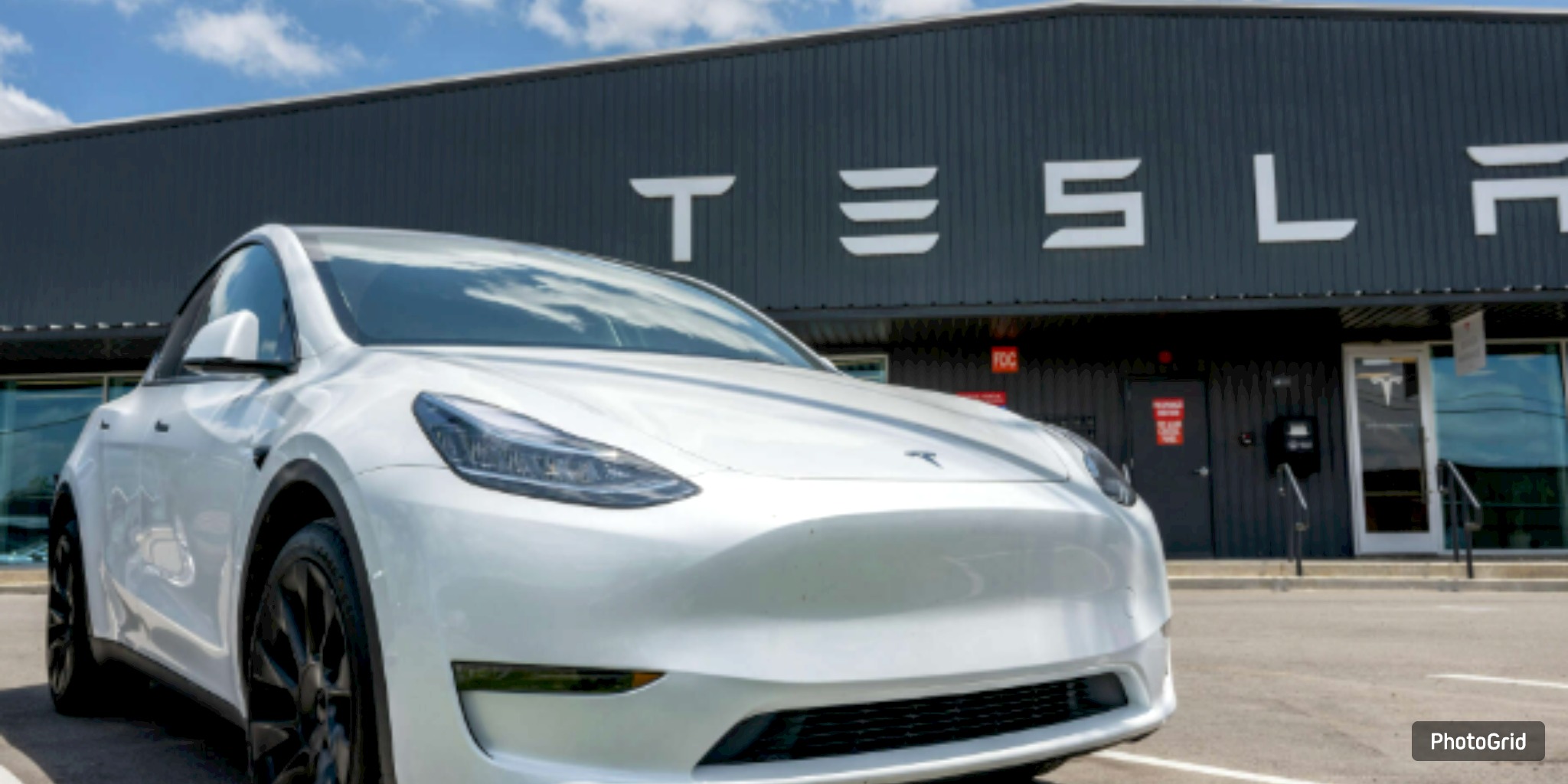
Tesla Inc. is set to launch its robotaxi service for the general public in Austin this September, as announced by CEO Elon Musk in a post on X, the platform formerly known as Twitter, on Monday.
The service, which debuted on June 22, is currently accessible only to a select group of invited influencers and brand advocates who frequently endorse Tesla across various online platforms. Musk addressed a user's inquiry regarding the program's limited accessibility for many Austinites, stating that it “will be open access next month.”
Tesla's recent expansion comes on the heels of obtaining a crucial permit from the Texas Department of Licensing and Regulation, which allows it to operate as a transportation network company, aligning it with industry giants such as Uber and Lyft. A new Texas law, effective September 1, is set to transform the state's approach to autonomous vehicles by overriding local regulations and centralizing oversight at the state level.
In a significant move, the law requires companies offering driverless passenger or delivery services to obtain approval from the Department of Motor Vehicles. The company should showcase its adherence to traffic and safety regulations, install data recorders in its vehicles, and provide a comprehensive plan for interactions with first responders.
Tesla's latest innovation features Model Y SUVs equipped with cutting-edge Full Self-Driving software, now operating as robotaxis. In a significant development, the pilot expanded its coverage area from South Austin to encompass approximately 80 square miles. Passengers can easily book their journeys using a specialized app designed for Tesla Robotaxi services. This app, which requires a Tesla account, enables users to request assistance, adjust climate settings, and play music directly from their mobile devices.
Initially, rates during the pilot were set at $4.20. However, as the service area expanded, they increased to $6.90. Tesla has yet to clarify whether the fixed-rate model will remain in place following the public launch.
The company holds a license that permits fare charging, yet it does not categorize the vehicles as entirely autonomous. Currently, each journey features a safety operator seated in the front passenger position. Achieving full autonomy on the roads will necessitate distinct approval from the Department of Motor Vehicles.
The upcoming launch in Austin marks an essential shift for Tesla as it enters the competitive landscape, directly challenging Alphabet’s Waymo. Waymo, which has already made strides by launching its robotaxi service to the public in March, currently operates over an extensive area of 90 square miles within the city. Waymo is teaming up with Uber and has exciting plans to broaden its reach to Dallas shortly.
Since its inception, Tesla's program has faced intense scrutiny. In late June, videos surfaced online capturing the erratic behavior of robotaxis as they swerved unpredictably, halted in intersections, and veered into oncoming traffic. This alarming footage has led safety regulators to initiate reviews.
If successful, Austin could become the inaugural city for Tesla's public robotaxi service. Current initiatives in the San Francisco Bay Area are still in a restricted pilot phase, awaiting approval from California regulators.
















From breaking news to thought-provoking opinion pieces, our newsletter keeps you informed and engaged with what matters most. Subscribe today and join our community of readers staying ahead of the curve.